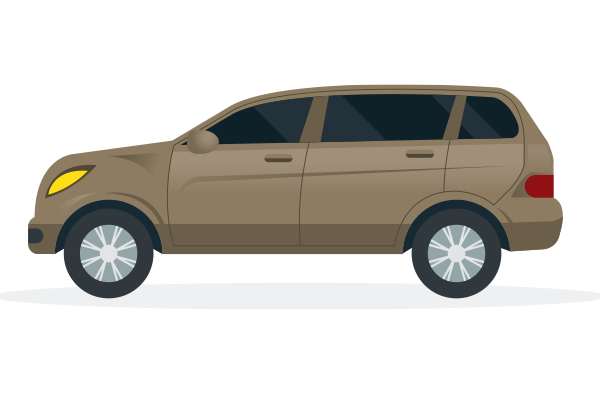
As winter blankets the landscape with a pristine layer of snow, the enchanting scenery can quickly transform into a challenging driving environment. Navigating snowy roads requires a unique set of skills and precautions to ensure safety for both drivers and passengers. In this guide, we will delve into the essential tips and techniques for safe driving in the snow, empowering you to confidently face winter’s icy challenges.
1. Prepare Your Vehicle
Before venturing onto snow-covered roads, it’s crucial to prepare your vehicle for winter conditions. Begin by checking the tyre tread depth and consider investing in winter tyres for improved traction. Ensure that your brakes, lights, and heater are functioning properly. Additionally, maintain a full windscreen washer fluid reservoir and equip your vehicle with snow chains if you live in an area with frequent and heavy snowfall.
2. Slow Down and Increase Following Distance
One of the cardinal rules of safe winter driving is to slow down. Snow and ice reduce traction, making it harder to stop or control your vehicle. Decrease your speed and leave ample space between your car and the vehicle in front of you. The typical recommendation is to double or even triple your following distance on snow-covered roads. This additional space provides you with the time and manoeuvring room necessary to react to unexpected obstacles or sudden changes in road conditions.
3. Smooth and Gentle Maneuvers
Snow-covered roads demand a gentle touch on the controls. Avoid sudden movements, such as sharp turns or abrupt acceleration or deceleration, as they can lead to loss of control. Smooth and gradual manoeuvres are key to maintaining traction and stability. When turning, brake before the turn and accelerate gently as you complete the manoeuvre. This minimises the risk of skidding and helps keep your vehicle under control.
4. Use Dipped Headlights and Keep Lights Clear
Visibility is a critical factor in safe winter driving. Use your dipped headlights, even during daylight hours, to make your vehicle more visible to others. Keep all lights, including headlights, brake lights, and indicators, clear of snow and ice to ensure maximum visibility. Regularly check and clean your vehicle’s lights to avoid reduced visibility during winter storms.
5. Know Your Braking System
Understanding your vehicle’s braking system is vital for safe winter driving. If your vehicle is equipped with an anti-lock braking system (ABS), learn how to use it effectively. In the event of a skid, apply firm and steady pressure to the brake pedal and let the ABS do its job. For vehicles without ABS, practice threshold braking by applying steady pressure and releasing the brake pedal in a controlled manner to prevent wheel lock-up.
6. Be Mindful of Black Ice
Black ice, a nearly invisible layer of ice on the road, poses a significant threat during winter. Pay close
attention to shady areas, bridges, and overpasses, as they tend to freeze first. If you suspect black ice, reduce your speed and avoid sudden manoeuvres. Keep in mind that even a road that appears clear may hide patches of black ice, so always approach with caution.
7. Carry a Winter Emergency Kit
Preparing for the unexpected is a fundamental aspect of safe winter driving. Keep a winter emergency kit in your vehicle, including items such as a blanket, extra clothing, non-perishable food, water, a torch, and a first aid kit. Additionally, consider carrying sand or cat litter to provide traction if your vehicle gets stuck in the snow.
8. Stay Informed and Plan Ahead
Stay informed about weather conditions before heading out and adjust your plans accordingly. Listen to weather forecasts and road condition updates, and if necessary, postpone your trip until conditions improve. Plan your route in advance, choosing well-travelled roads that are more likely to be ploughed and treated with salt or sand.
Conclusion
Safe driving in the snow requires a combination of preparation, caution, and adaptability. By following these tips and techniques, you can navigate winter roads with confidence, reducing the risk of accidents and ensuring the safety of yourself and others on the road. Remember, it’s better to arrive at your destination a bit later than to compromise safety in challenging winter conditions.








